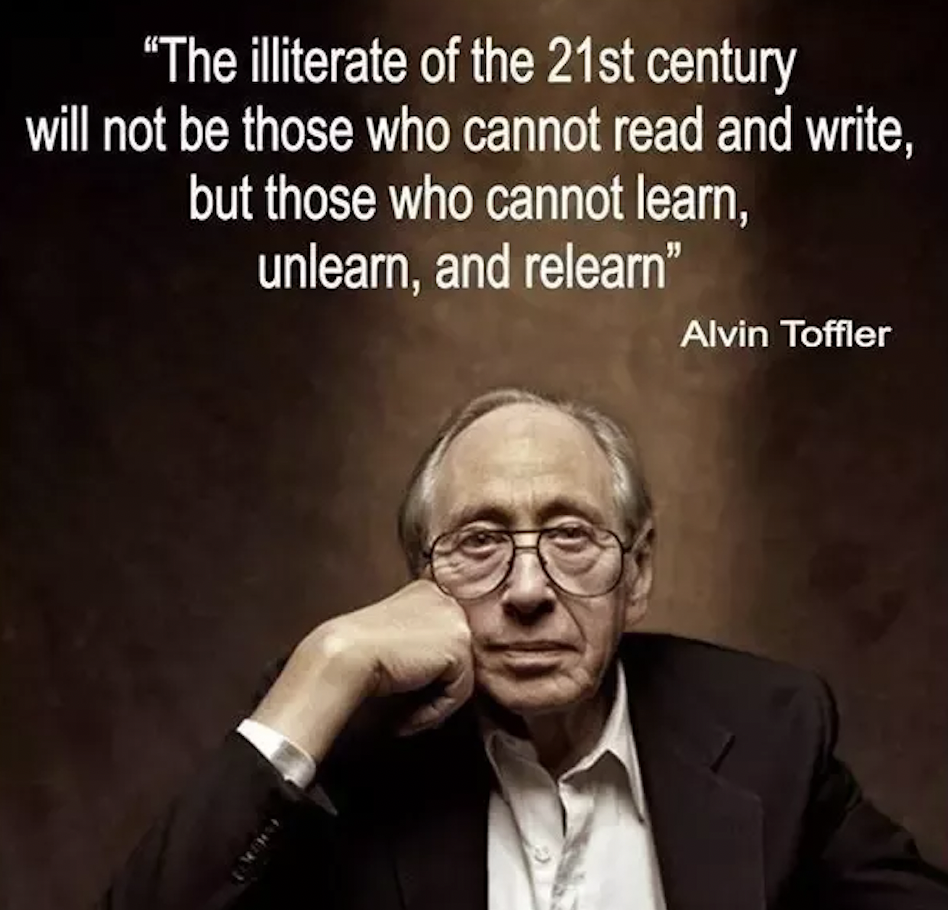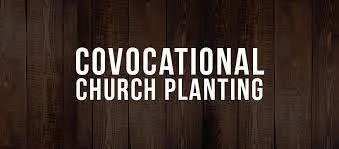All of the potential for movement is already present in God’s people; our job as church leaders is to bring it out. In a movement church, everyone gets to play! No one sits on the bench.
All in Church Planting
Overcoming the Greatest Covocational Challenge
The single greatest challenge for Covocational leaders is time. There never seem to be enough hours in the day to accomplish everything. When a church leader is working 30, 40, or even 50 hours a week in the marketplace, it is difficult to create and maintain proper rhythms between family, vocation, ministry, and health.
RETHINK: 12 Missiological Principles for Church Multiplication
To plant disciple-making, missional churches, we must change the way we think about God’s mission and the nature of the church. Rethink explores 12 missiological principles to help you rethink church multiplication.
Small Groups, Missional Communities & Microchurches
All microchurches will not (and should not) look alike. Mission is the mother of adaptive ecclesiology. This simply means that if we begin with God’s mission (missiology) then there ought to be lots of wild and wonderful expressions of church (ecclesiology).
The Need to Unlearn and Relearn
The illiterate of the 21st century will not be those who cannot read and write, but those who cannot learn, unlearn and re-learn. ~ Alvin Tofler
5 Reasons to be Covocational
There are at least five distinct reasons to consider being a Covocational leader as you plant a church.
Trading Spaces: Church and Spaces of Belonging (Post Covid-19)
What would it look like for your church to provide more opportunities for belonging in social, personal and intimate space?
Covid19 Implications for the Church
In this episode, Dhati Lewis and Brad Brisco, the director of bivocational church planting for the North American Mission Board, discuss four things every pastor and church planter should be thinking about today, before COVID-19 subsides.
Covo and Covid 19
I think it is important to pause and reflect on the benefits of bivo/covo planting in the current "social distancing" climate we find ourselves in.
Rethinking Culture
The net effect of Christendom over the centuries was that Christianity moved from being a dynamic, revolutionary social and spiritual movement to being a static religious institution with its corresponding structures, priesthood, and rituals.
The Missionary Nature of God & the Sentness of the Church
One way to recognize that God is a missionary God is to examine what is referred to as the “sending language” in Scripture.
Begin With Missionary Activity
In the North American, post-Christian context in which we now live, we can’t plant churches by simply starting a Sunday morning worship gathering. There may have been a day when we could build a cool website, rent a meeting space, send out flyers, put up banners and “launch” a church by starting a Sunday service. But those days are gone, at least in many North American contexts.
APEST and Church Planting Teams
When someone asks me about how church planters should think about APEST and teams, I usually start with this simple progression:












